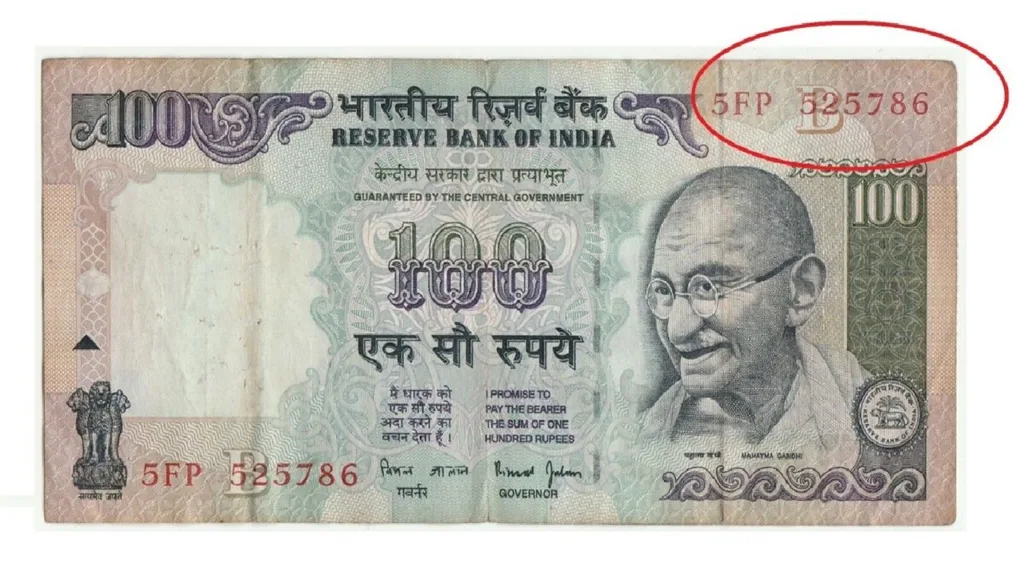Looking for a delicious and potentially diabetic-friendly protein source? Look no further than Kadaknath chicken, an Indian poultry breed known for its distinctive black plumage and unique health properties. In this comprehensive guide, we’ll delve into the potential benefits of Kadaknath chicken for individuals managing diabetes, explore its nutritional profile, and share some delicious and healthy recipe ideas.
Understanding Diabetes and its Management:
Diabetes is a chronic condition characterized by high blood sugar levels. The body either struggles to produce enough insulin, a hormone crucial for regulating blood sugar, or becomes resistant to its effects. This can lead to a cascade of health complications if left unmanaged. Maintaining a healthy diet, engaging in regular physical activity, and adhering to medication, if prescribed, are essential aspects of diabetes management.
Kadaknath Chicken and Potential Benefits for Diabetes Management:
While there are currently no definitive clinical studies solely focused on Kadaknath chicken and its impact on diabetes, several aspects of its nutritional profile suggest it might be a viable dietary option for individuals managing the condition.
1. Low Glycemic Index:
The glycemic index (GI) measures how quickly a particular food raises blood sugar levels. Foods with a low GI (less than 55) are generally considered beneficial for individuals with diabetes as they cause a slower and more gradual rise in blood sugar compared to high GI foods. While specific research on the GI of Kadaknath chicken is currently lacking, preliminary studies suggest it might fall within the low GI range.
2. High Protein Content:
Protein plays a crucial role in promoting satiety and managing blood sugar levels. Kadaknath chicken boasts a higher protein content compared to regular chicken, with approximately 25-30 grams per 100 grams of serving. This can help individuals with diabetes feel fuller for longer, potentially reducing cravings and aiding in portion control.
3. Lower Fat Content:
Compared to regular chicken, Kadaknath chicken is said to have a lower fat content, particularly saturated fat. This is important as studies suggest a link between high saturated fat intake and increased diabetes risk. While moderation is key for all individuals, the lower fat content of Kadaknath chicken might be a positive factor for those managing diabetes.
4. Presence of Carnosine:
Kadaknath chicken is believed to be richer in carnosine, an antioxidant with potential health benefits. Carnosine has been shown to exhibit anti-glycation properties, which means it might help prevent the harmful formation of advanced glycation end products (AGEs) associated with diabetes complications. However, further research is needed to confirm these potential benefits.
Important Note:
It is crucial to remember that Kadaknath chicken, while potentially beneficial, should not be considered a substitute for professional medical advice or prescribed diabetic medications. Always consult your healthcare provider before making any significant dietary changes, especially if you are managing a chronic condition like diabetes.
Nutritional Profile of Kadaknath Chicken:
Here’s a table outlining the approximate nutritional profile of Kadaknath chicken per 100 grams serving:
| Nutrient | Amount |
|---|---|
| Calories | 270 kcal |
| Protein | 25-30 g |
| Fat | 10-15 g |
| Saturated Fat | 3-5 g |
| Iron | 2.5 mg |
| Calcium | 12 mg |
A Word on Sustainability and Ethical Sourcing:
Kadaknath chickens are a relatively slow-growing breed compared to commercially produced broilers. While this can contribute to the higher price point, it also aligns with more sustainable and ethical farming practices. If you choose to incorporate Kadaknath chicken into your diet, prioritize purchasing from reputable sources that prioritize animal welfare and sustainable farming methods.
Delicious and Diabetic-Friendly Kadaknath Chicken Recipes:
Here are two simple recipe ideas to get you started:
1. Kadaknath Chicken Curry with Vegetables:
- This flavorful curry combines tender Kadaknath chicken with a variety of colorful vegetables, creating a nutritious and satisfying meal.
- Choose low-glycemic vegetables like spinach, cauliflower, or broccoli.
- Use a sugar-free curry paste or create your own spice blend to control added sugar.
2. Kadaknath Chicken Stir-Fry with Brown Rice:
- A quick and easy stir-fry is perfect for busy weeknights.
- Use a combination of lean protein vegetables and healthy fats like olive oil or avocado oil.
- Opt for brown rice or another low-glycemic whole grain as your base.
Remember:
These are just a few suggestions, and the possibilities are endless. Experiment with different flavors and ingredients to create delicious and diabetic-friendly meals using Kadaknath chicken.














